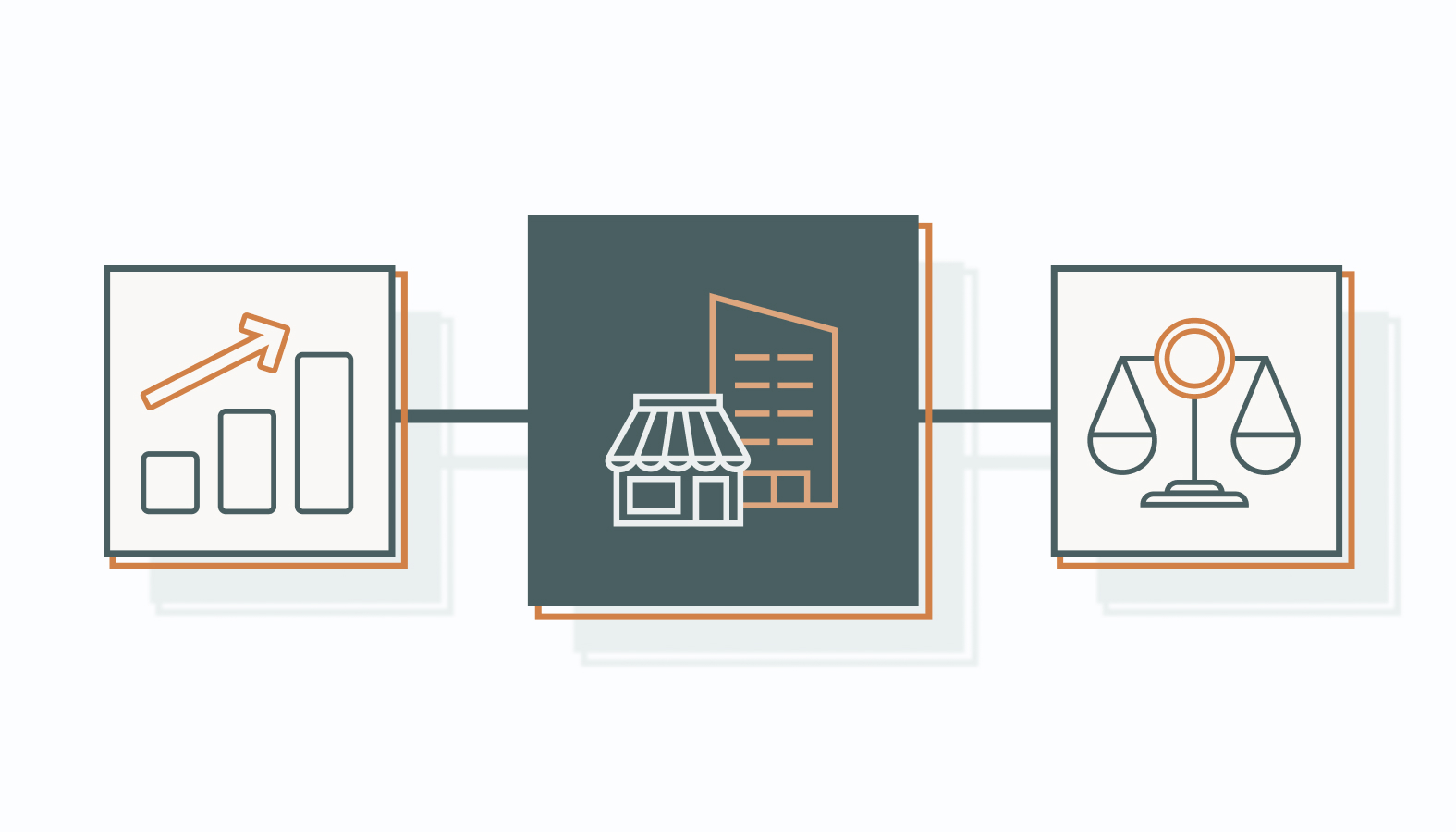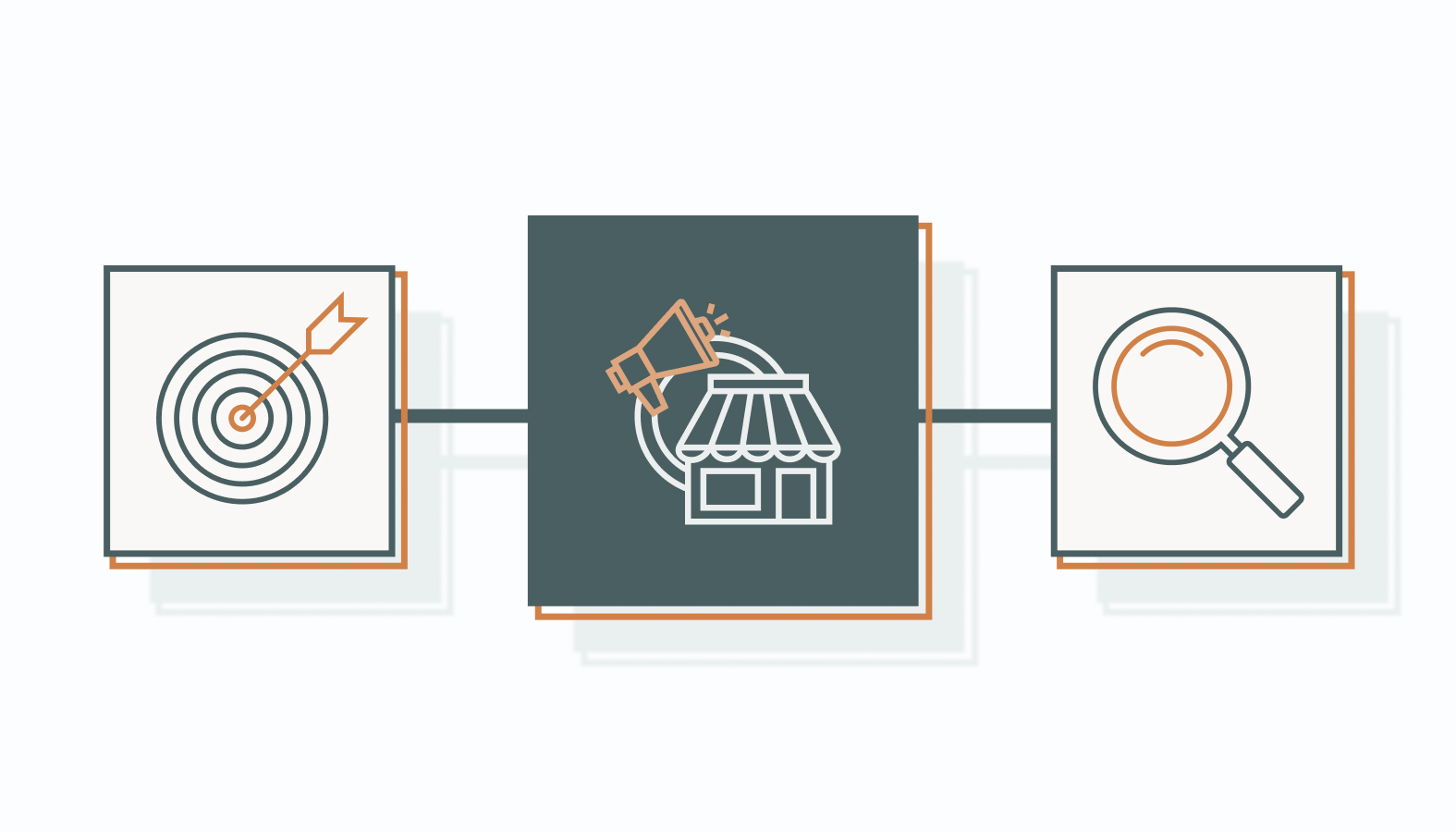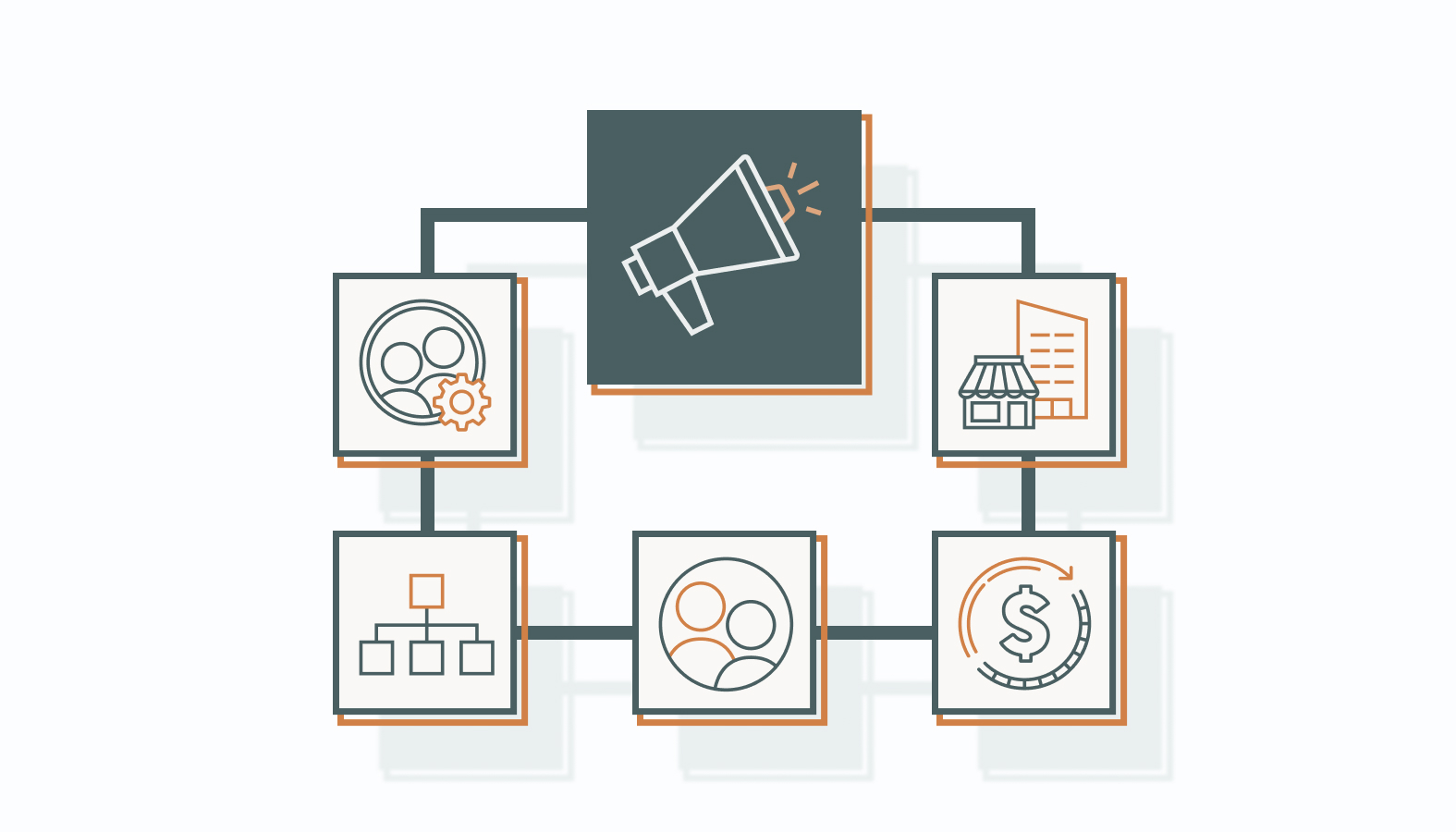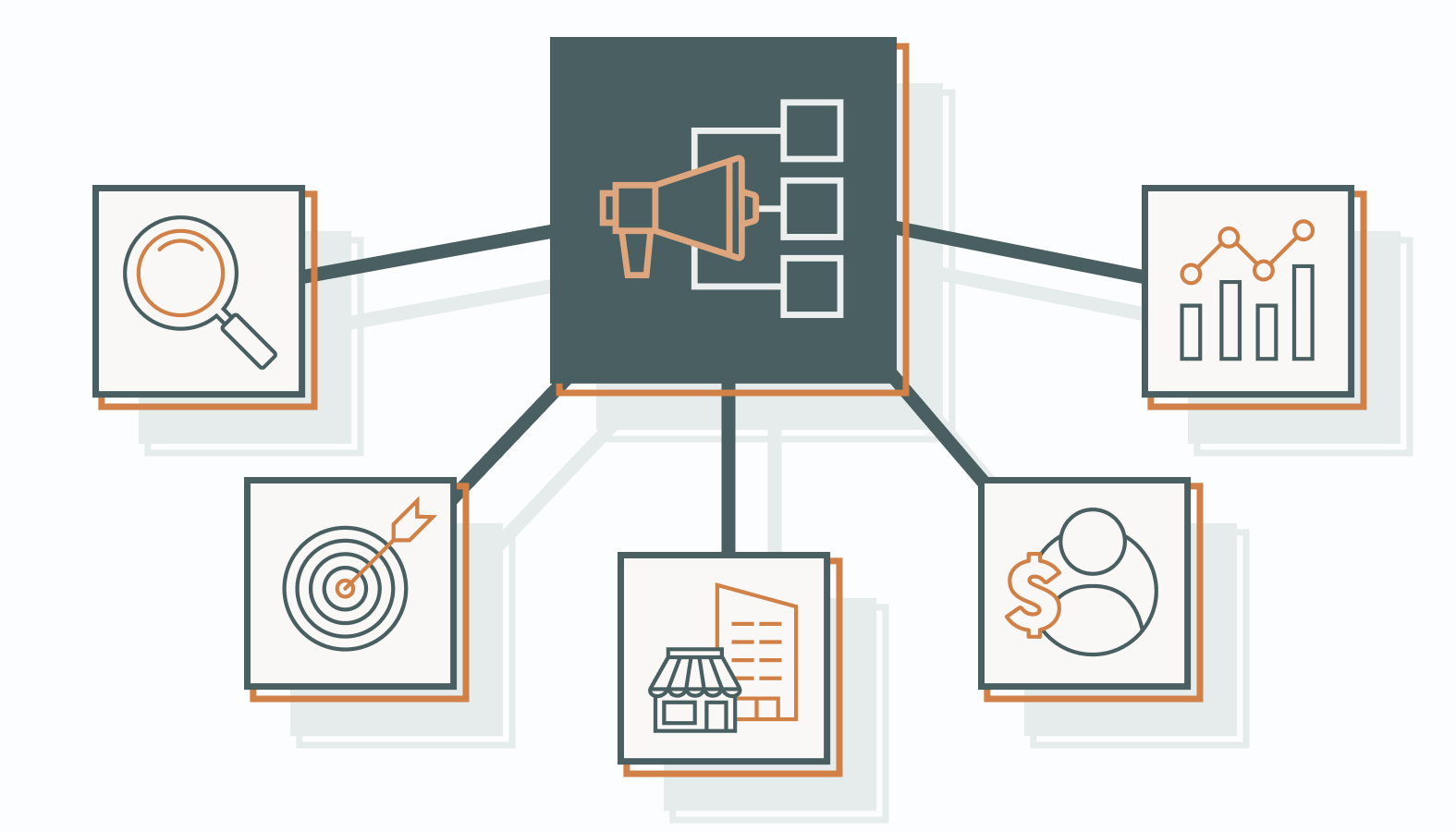Let’s be real: everyone is talking about sustainability, but not everyone is doing it well. In the B2B world, that gap shows fast. Buyers don’t just want to hear about recycled paper in the office; they want real commitments and proof that a business is walking the talk.
Here’s where B2B sustainability marketing takes the stage. Done right, it helps brands communicate genuine progress while avoiding the common traps of overpromising or under-sharing. Done poorly, it risks credibility and damages long-term trust.
This guide breaks down what sustainability means in today’s B2B landscape, the challenges companies face, and how leading brands are setting the pace with strategies that stick. Let’s dive in and see what makes authenticity the smarter play.
What is B2B Sustainability Marketing?
B2B sustainability marketing is the art and strategy of demonstrating—not just telling—how a business integrates responsible practices into its core. It’s not about tossing in a line about recycled paper or slapping a green logo on your website. It’s about demonstrating measurable impact, proving progress with data, and making sustainability part of your brand’s value proposition.
The Evolution of Sustainability Perceptions
Sustainability hasn’t always been the star of the boardroom. In the early days, it was treated like a PR accessory: nice to mention, easy to ignore. That changed fast.
Rising climate concerns, resource pressures, and stakeholder demands for accountability pushed sustainability from the sidelines to the strategy table.
Now, it’s a driver of innovation, efficiency, and long-term brand equity.
Greenwashing vs. Greenhushing
Two mistakes consistently sink brands:
- Greenwashing—making claims that are more fiction than fact—erodes trust the moment stakeholders catch on.
- Greenhushing (the choice to keep quiet about genuine progress) leaves value on the table and lets competitors control the narrative.
The smarter move is to strike a balance: communicate clearly, back every claim with evidence, and invite transparency instead of fearing it. Brands that strike this balance don’t just protect credibility—they position themselves as leaders in a market that rewards responsibility.
How to Strengthen Your B2B Brand with Sustainability Marketing
Sustainability in B2B is smart business. Buyers today scrutinize the companies they work with, and sustainability is no longer a side note. It’s a marker of resilience, leadership, and future-readiness.
Brands that integrate sustainability into their strategy gain a competitive edge in trust, differentiation, and long-term growth.
Align Your Business with Authentic Sustainability Goals
The first step is clarity. Set goals that fit your business, not buzzwords. That means:
- Assessment with Purpose: Map the environmental and social impact of your operations. Know your footprint so your goals target what actually matters.
- Integration into Strategy: Sustainability isn’t a side project. It belongs in the core playbook, driving growth as much as responsibility.
- Engagement and Transparency: Get stakeholders on board, and be open about progress. Trust is built when you invite accountability instead of avoiding it.
Patagonia nails this approach. Sustainability isn’t a campaign for them — it’s their blueprint. From supply chain visibility to product lifecycle accountability, their commitments reinforce both brand strength and customer loyalty.
Discover Opportunities in Sustainable Marketing
Sustainability protects reputation and opens doors. It can fuel innovation, storytelling, and growth.
Consider:
- Product Innovation: Develop solutions that are both sustainable and practical, thereby opening access to markets that demand both.
- Brand Storytelling: Share the “why” and “how” of your sustainability journey. The right narrative turns data into connection and connection into loyalty.
- Partnerships that Scale: Collaborate with organizations that share your values to amplify reach and impact.
When sustainability is authentic, it drives both market share and momentum.
B2B Sustainability Success Stories
The best way to see sustainability in action is to study the companies that do it right. Each brand demonstrates how ambitious goals, smart execution, and transparent communication can transform sustainability into a genuine business advantage.
Interface: Leading the Way in Sustainable Flooring
Interface set the bar high with its “Mission Zero” campaign—an audacious goal to eliminate any negative environmental impact by 2020. That target compelled the company to rethink its manufacturing approach from the ground up, driving innovation that reduced emissions, minimized waste, and lowered costs.
Lesson learned: bold, measurable goals don’t just spark accountability; they push innovation that keeps a company competitive.
Siemens: Advancing Energy Efficiency Solutions
Siemens proves that sustainability isn’t only about internal practices—it’s about enabling others to be sustainable too. Through its “Green City” initiatives, Siemens has developed technologies for smart grids and the adoption of renewable energy, helping cities worldwide reduce consumption and increase efficiency.
Lesson learned: when you build technology that helps your customers achieve their sustainability goals, you cement your role as a long-term partner—not just a vendor.
Unilever: Driving Sustainable Supply Chain Practices
Unilever’s Sustainable Living Plan transformed the way the company sources, produces, and communicates.
By embedding sustainability into its supply chain and sharing progress openly, Unilever not only improved environmental outcomes but also gained consumer trust on a large scale.
Lesson learned: integrating sustainability into the entire value chain—and telling that story with confidence—turns responsibility into market momentum.
Tackling Challenges in Sustainability Marketing
Every sustainability win comes with its share of speed bumps. For B2B brands, the roadblocks range from boardroom alignment to consumer doubt. The trick isn’t pretending these challenges don’t exist. It’s tackling them head-on with strategy, innovation, and a willingness to rethink the old playbook.
Integrating Sustainability with Business Strategy
The fastest way to derail a sustainability plan is to treat it like a side project.
The companies that thrive (like IKEA) hardwire sustainability into their DNA. It’s baked into product design, sourcing, and operations, not tacked onto an annual report.
The takeaway? When sustainability goals align with core business objectives, they cease to be a burden and become a competitive advantage.
Balancing Costs with Sustainable Objectives
Yes, sustainability costs money. But so does falling behind. Tesla’s rise proves that when you invest in innovation, profitability eventually follows.
For B2B companies, the smart approach is to prioritize high-impact initiatives, utilize incentives to offset upfront costs, and leverage resources through strategic partnerships. Short-term expenses are easier to swallow when you’re building long-term resilience.
Overcoming Consumer Doubts
Stakeholders are more skeptical than ever, and they should be. Empty claims are easy to spot, which means brands need proof, not platitudes.
Patagonia demonstrates its commitment by prominently displaying detailed product information and third-party certifications.
The lesson here: transparency and storytelling work best together. Facts earn credibility; stories earn loyalty.
Achieving Supply Chain Transparency
Supply chains are where most sustainability claims live or die. Walmart has gone as far as blockchain to track sourcing and validate ethical practices.
For others, it may be audits, closer supplier relationships, or public reporting.
However you approach it, the goal is the same: build trust by showing exactly where your materials come from and how they’re managed.
Embracing Collaboration and Education
No company hits its goals in a vacuum. Collaboration with suppliers, partners, and even regulators helps share both costs and knowledge.
At the same time, investing in employee education ensures that sustainability isn’t just a leadership mantra; it’s a culture. When the entire ecosystem is aligned, progress accelerates.
Strategic Steps for B2B Sustainability Marketing
Winning in B2B sustainability marketing requires more than good intentions; it takes structure, data, and the kind of execution that makes stakeholders take notice. Think of it as building a roadmap where every milestone proves that responsibility and profitability can thrive in the same lane.
1) Start with a Sharp Market Lens
First, know the terrain. A detailed market scan shows you where sustainability is driving demand, where competitors are gaining ground, and where your business can claim an edge.
Map out customer expectations, benchmark against industry leaders, and identify the whitespace. The better your intelligence, the sharper your strategy.
2) Set Goals That Actually Matter
Forget vague promises. Goals only work if they’re anchored in reality and impact. Define targets that are ambitious enough to inspire but concrete enough to measure and track.
When stakeholders see clear KPIs tied to your mission, they understand you’re not dabbling in sustainability. You’re betting on it.
3) Design a Strategy Built for Your Business
One-size-fits-all doesn’t fly here.
A manufacturing company might prioritize waste reduction and energy innovation, while a consultancy might focus on ethical sourcing and social responsibility.
The point is to craft a sustainability strategy that amplifies your strengths, not someone else’s. If done well, it doesn’t just check compliance boxes—it sharpens differentiation.
4) Bring Stakeholders Into the Fold
Sustainability doesn’t scale without buy-in. The smart move is to engage suppliers, customers, and investors early, turning them from skeptics into collaborators.
Strong relationships multiply your reach, unlock shared resources, and accelerate innovation. When everyone in your ecosystem has a stake in the game, momentum builds quickly.
5) Measure, Prove, Repeat
You can’t manage what you don’t measure, and you definitely can’t market it. Track progress with KPIs that matter: emissions reduced, energy saved, resources conserved. Then put those numbers to work in your communications.
Include reports, digital campaigns, investor updates — the format doesn’t matter. What matters is proof. Proof builds credibility, and credibility builds market leadership.
Leading the Future of B2B Sustainability Marketing
Sustainability in modern B2B has moved from the sidelines to center stage. The brands that win aren’t just the ones that make noise; they’re the ones that prove impact, embed responsibility into strategy, and show the market that doing good and doing well can go hand in hand.
Key takeaways from this guide:
- Authentic sustainability marketing builds credibility, while greenwashing and greenhushing erode it.
- Stakeholders demand proof, not promises—transparency and data are non-negotiable.
- Aligning sustainability with core business strategy drives both ethical impact and competitive strength.
- Storytelling, partnerships, and innovation turn sustainability from a cost center into a growth engine.
- The brands that lean in early set the pace for entire industries.
The payoff is clear: stronger differentiation, deeper trust, and resilience in a market where accountability is non-negotiable.
Sustainability is driving a market shift that’s redefining how businesses grow, compete, and lead. The companies that get ahead now will be the ones setting the standard tomorrow.
Ready to Turn Sustainability Into a Competitive Edge?
You’ve seen what works, what doesn’t, and what separates lip service from leadership. The next move is yours.
If you’re serious about weaving sustainability into your B2B marketing playbook — and actually making it stick — we should talk. No jargon, no pressure. Just a discussion about how your brand can use sustainability to sharpen its strategy and strengthen its market position.
Let’s talk strategy. Schedule a conversation with our team today. »










